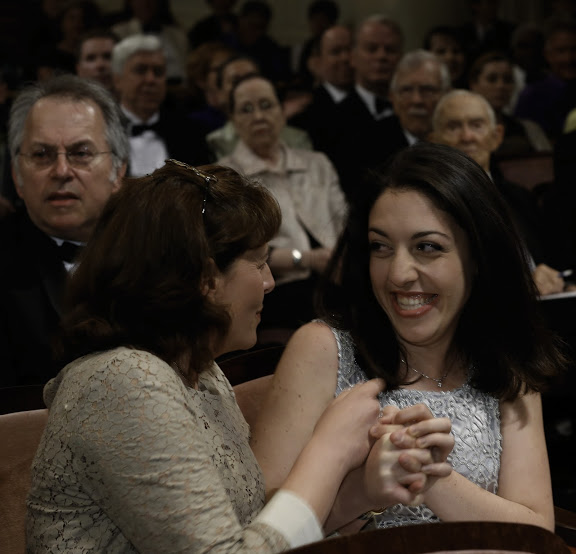Tag: Beatrice Rana
-

PROGRAM NOTES: BEATRICE RANA
Robert Schumann: Abegg Variations, Op. 1 Schumann’s Abegg Variations first appeared in November of 1831, but Schumann had completed it more than a year earlier, shortly after his twentieth birthday and before he had made the commitment to a life of music (he was still studying law in Heidelberg at the time). It is…
-

CAVORTING AT THE CLIBURN
I returned last Monday from a trip to the Van Cliburn International Piano Competition in Fort Worth, Texas with a prize winner and a cold! It has been twenty years since I’ve been to a Cliburn Competition and have decided that I’m not waiting another twenty years. The next competition is in four years and…

